When people hear the term “old growth forest,” it can sound a bit vague, like it’s just about trees that are really old.
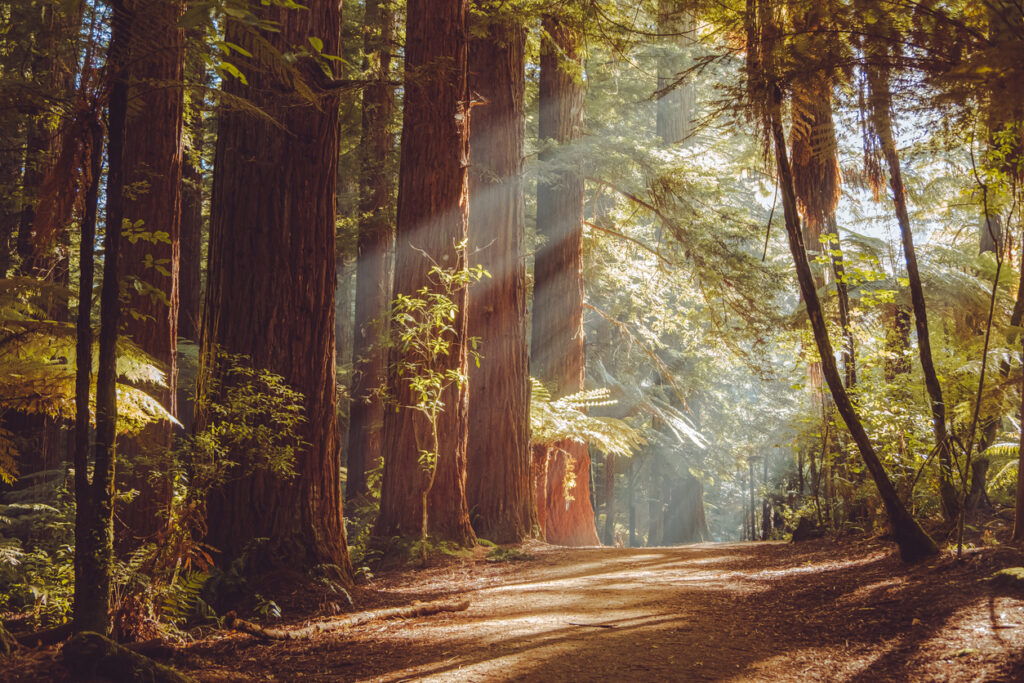
Yes, age is part of it, of course, but these forests are more than just ancient—they’re complex, irreplaceable ecosystems that have evolved undisturbed for centuries, sometimes millennia. They’re not just impressive because of how long they’ve stood; they’re valuable because of what they’ve become. Here’s what makes old growth forests so important, and why losing them would mean more than just chopping down some trees.
1. They’re home to incredibly rare species.

Old growth forests support species that literally don’t exist anywhere else. Some plants, fungi, insects, and animals are so specialised they can only survive in these stable, undisturbed environments. From tiny lichens to endangered owls, these forests are like bespoke homes for some of the most vulnerable wildlife.
When these forests are logged or fragmented, it’s not just the trees that are lost—it’s entire communities of life that often can’t adapt or relocate. Once they’re gone, the odds of those species surviving elsewhere are slim to none.
2. They store an incredible amount of carbon.
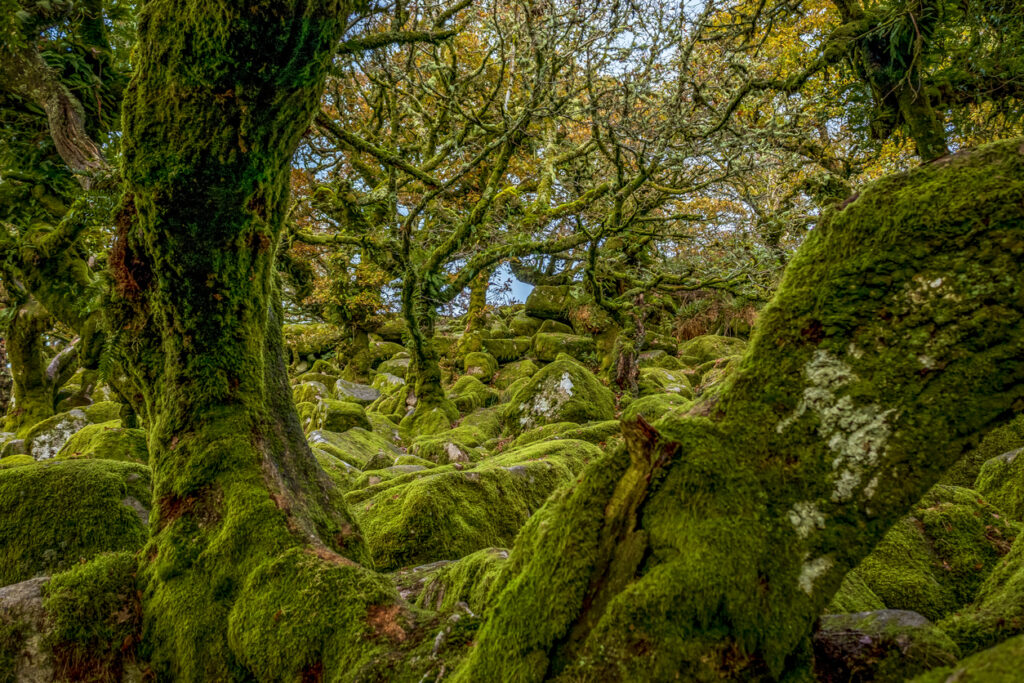
Old growth forests are some of the best natural carbon sinks on the planet. Unlike younger, fast-growing plantations, older trees store more carbon in their trunks, roots, and surrounding soil. Their complex, layered structure means more biomass—and more long-term storage of CO₂. This makes them essential in the fight against climate change. Cutting them down releases centuries’ worth of stored carbon, which can’t be easily replaced just by planting new trees.
3. Their ecosystems are irreplaceable.
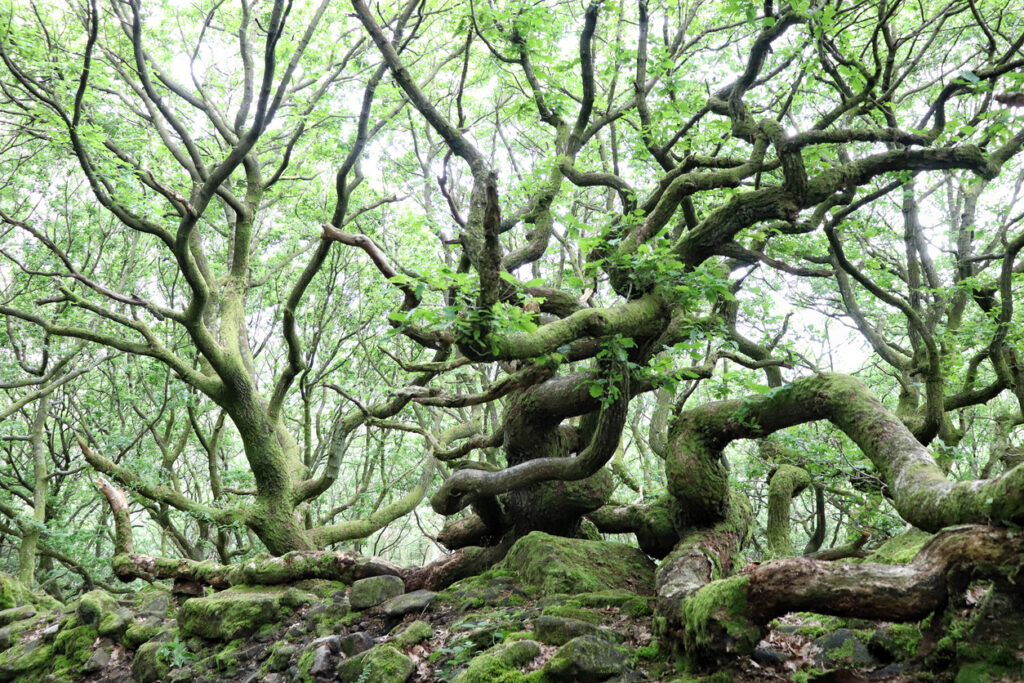
You can’t just replant an old growth forest. Even if you plant the same tree species, it won’t magically rebuild the centuries of fungal networks, wildlife relationships, and soil richness that come with true maturity. These ecosystems are finely tuned through time, not just age. They’re shaped by decades of fire cycles, natural succession, species interaction, and undisturbed growth. They can’t be rushed or mimicked by managed forests.
4. They regulate local water systems.
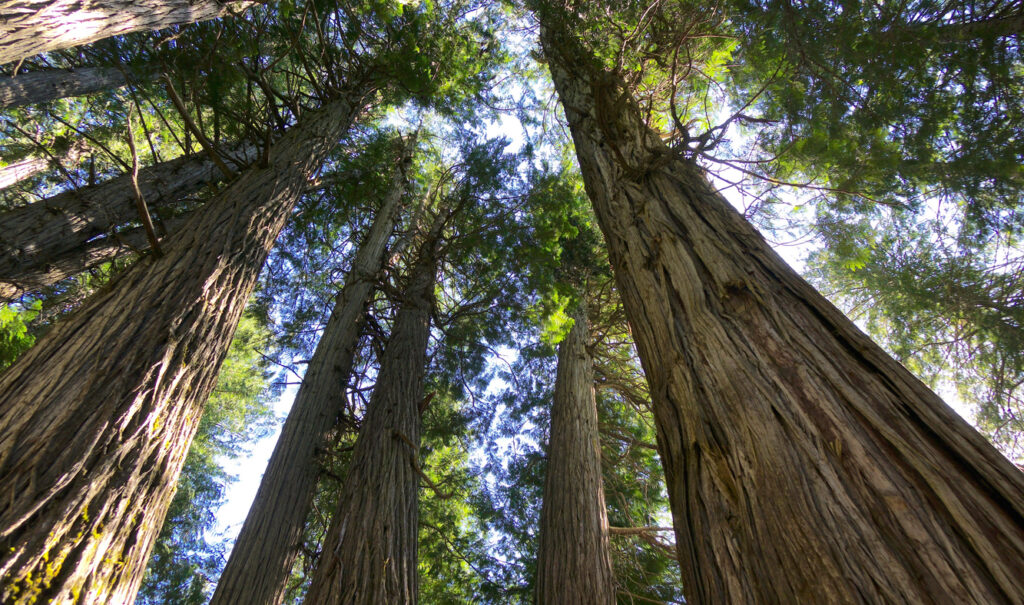
Old growth forests don’t just hold soil together—they help guide and filter the flow of water through entire regions. Their deep roots and thick undergrowth slow down rainfall, prevent erosion, and gradually release clean water into rivers and groundwater systems. This regulation supports everything from farming downstream to drinking water supplies. Without these forests, water systems become flashier, dirtier, and harder to manage.
5. They’re natural buffers against climate extremes.
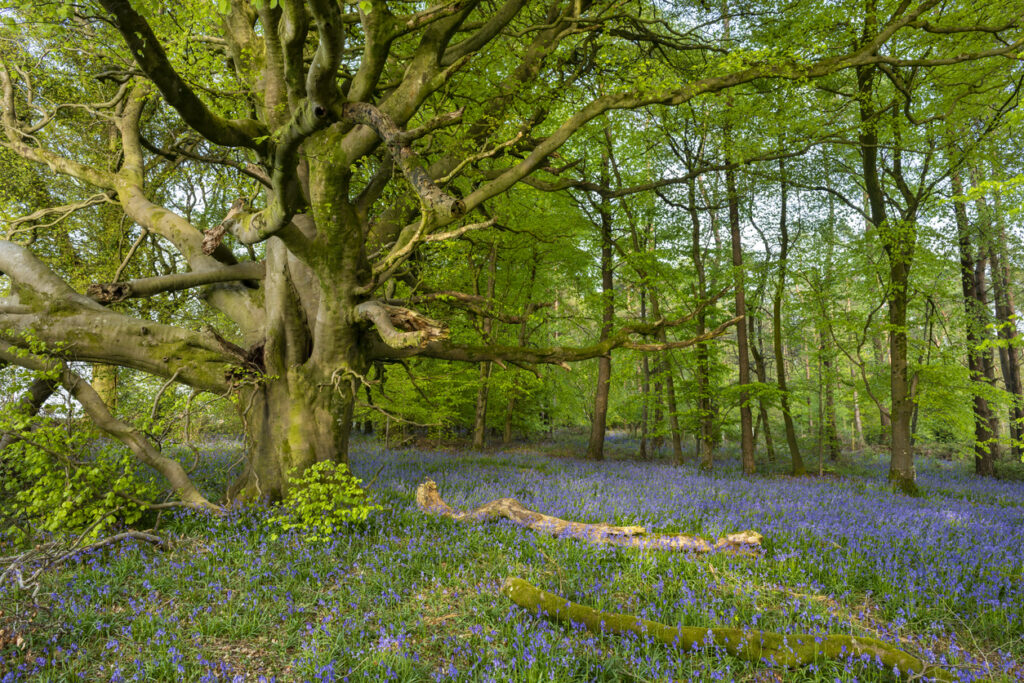
Because of their density and diversity, old growth forests can moderate temperature extremes and offer protection against wind, floods, and drought. They create microclimates that keep things cooler in summer and wetter in dry spells. As the planet heats up, these kinds of natural buffers are becoming more valuable than ever. They’re like nature’s own version of climate insurance—quietly regulating things we rarely think about until they’re gone.
6. They’re living history books.
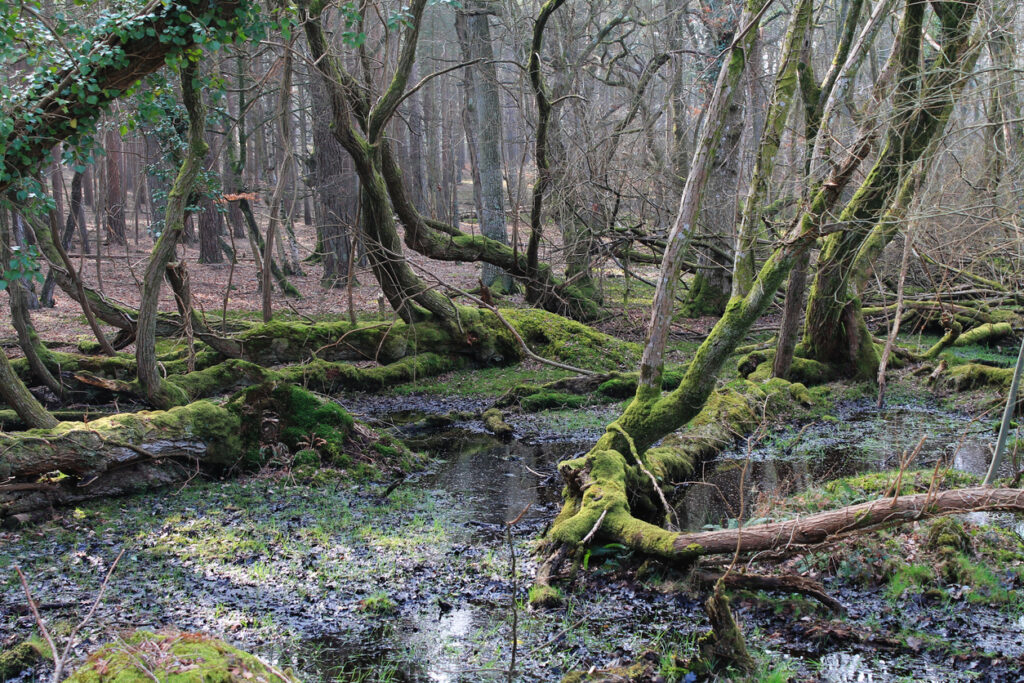
Every old growth forest is a record of time. Some trees are older than modern countries. Their growth rings, treefall patterns, and soil layers tell stories of past droughts, fires, storms, and even human interaction going back thousands of years. Walking through one is like walking through a living archive. You’re not just seeing a forest—you’re stepping into a timeline that spans before written history, shaped by nature, not design.
7. They support Indigenous knowledge and culture.
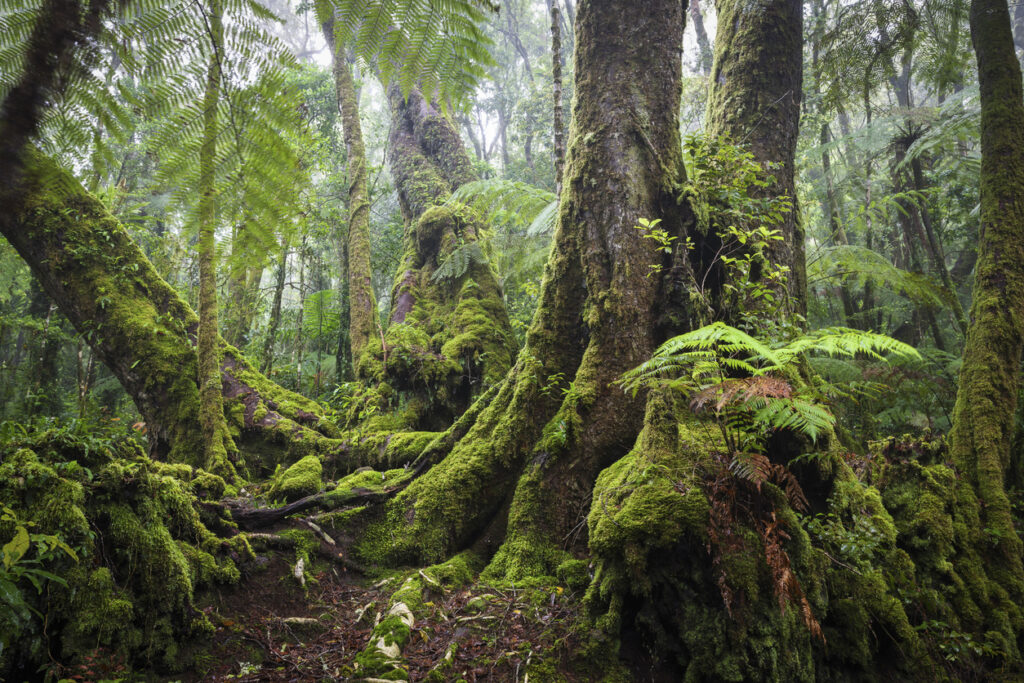
Many Indigenous communities around the world have relied on old growth forests for medicine, materials, food, and cultural identity. These forests aren’t just landscapes—they’re woven into language, tradition, and ancestral knowledge systems. When old growth is lost, it’s not just biodiversity that disappears—it’s entire layers of human history and wisdom that have coexisted with the land for generations.
8. Their biodiversity is incredibly resilient, but only if left intact.
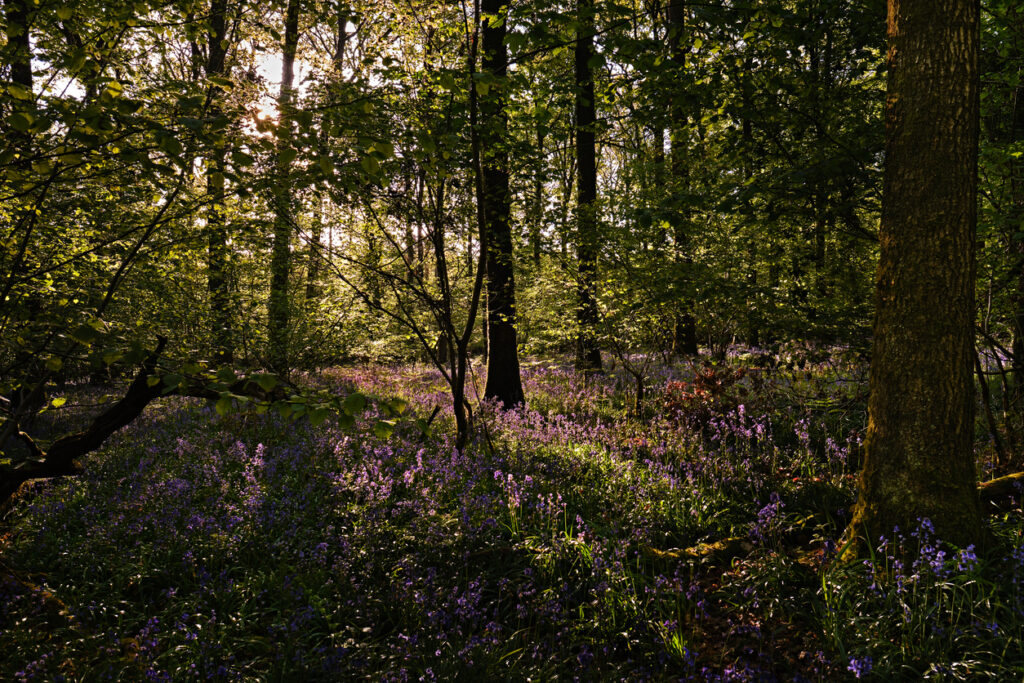
One of the reasons these forests have lasted so long is because they’re surprisingly good at balancing themselves. Natural disturbances like windthrow or lightning-strike fires are absorbed into the ecosystem’s rhythm and actually contribute to renewal. However, once you introduce logging roads, human interference, or clear-cutting, that balance starts to unravel. These forests are resilient—until we start chipping away at the very systems that keep them alive.
9. They’re stunningly beautiful, in a way photos don’t fully capture.
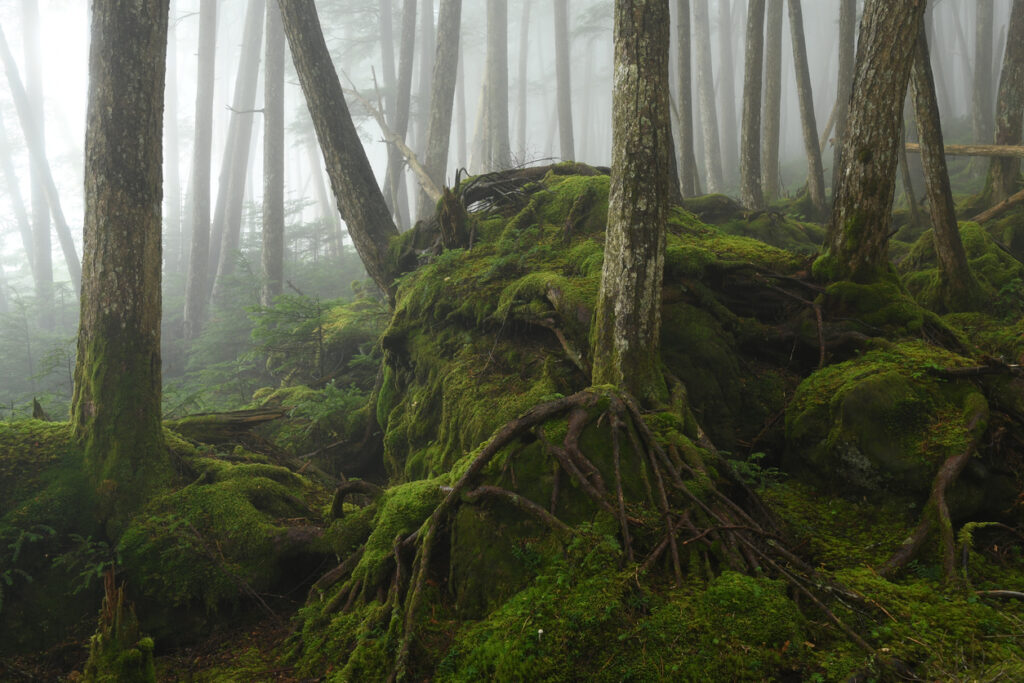
Old growth forests aren’t just functional—they’re profoundly moving places. Towering trees, dappled light, moss-covered logs, and a deep, resonant stillness that feels completely different from newer woods or managed parks. There’s a weight to them, a sense that you’re standing inside something much older and wiser than yourself. And while we can write about that feeling, you really only understand it when you’ve stood beneath a tree that’s been growing since before Shakespeare was born.
10. They’re disappearing faster than most people realise.
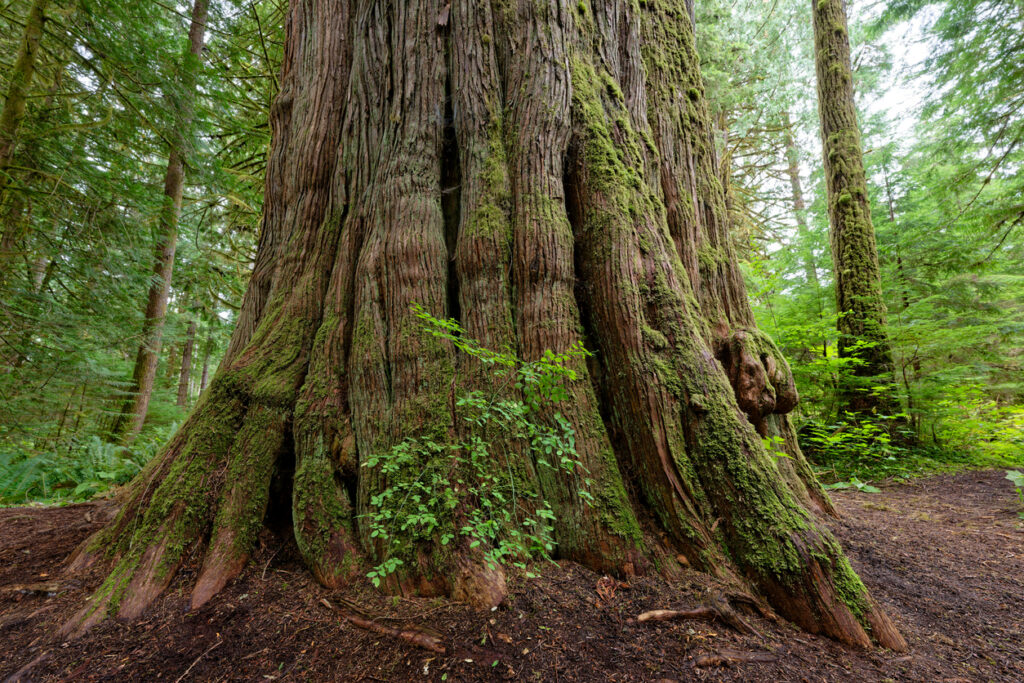
Many people assume these forests are protected just because they’re valuable—but in reality, old growth logging is still happening in places like Canada, the Amazon, Indonesia, and parts of Eastern Europe. Some regions still legally allow the removal of trees that are hundreds of years old.
Once logged, these areas are rarely allowed to regenerate as they once were. What replaces them is usually a commercial plantation or clear-cut scar—nowhere near the ecosystem that was lost.
11. They can be champions of ecosystem recovery.
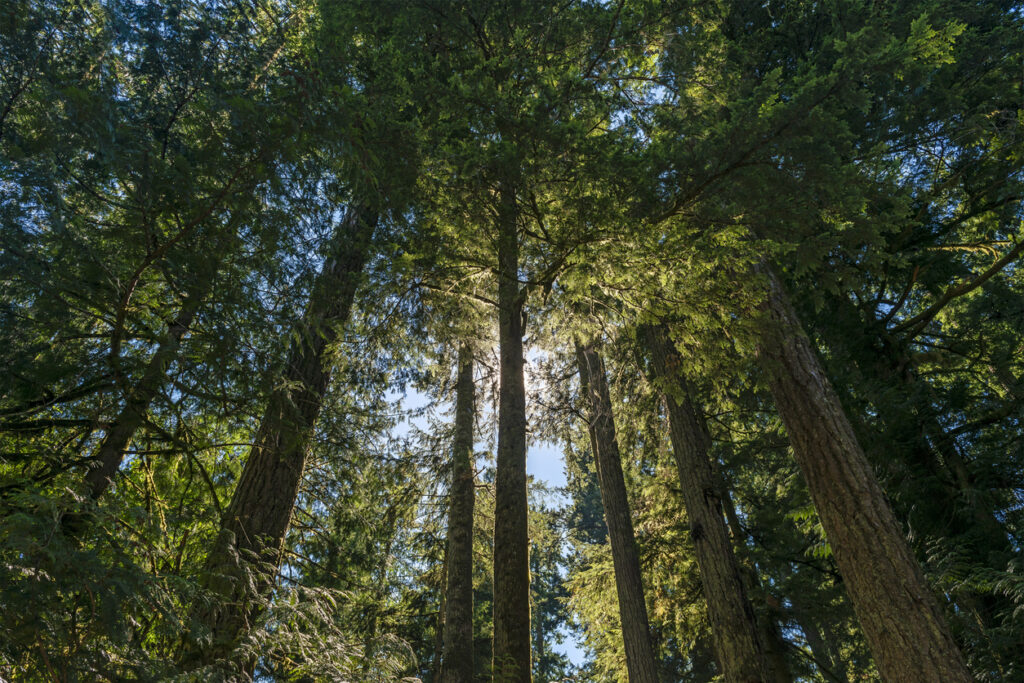
When allowed to thrive, old growth forests can slowly expand and seed nearby areas with biodiversity. They become “hubs” of ecological health—sharing fungal networks, spreading seeds, and rebalancing soil conditions nearby. They don’t just protect what’s inside their boundaries. They influence everything around them, acting as steady forces of regrowth if we let them.
12. Protecting them protects the future.
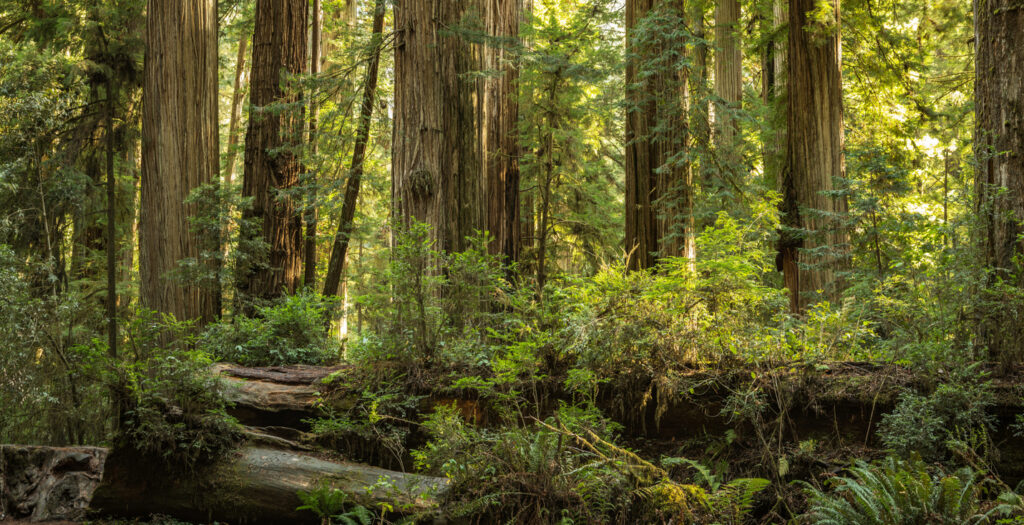
In a time when ecosystems are collapsing, species are vanishing, and climate risks are rising, preserving old growth forests is one of the most effective and immediate actions we can take. They’re not something we can rebuild later or replace with tech. These forests are the product of time, patience, and natural wisdom. Keeping them intact isn’t just about respecting the past—it’s about investing in a future that still has wild, resilient, living spaces to depend on.